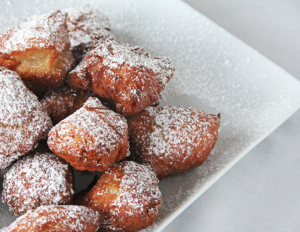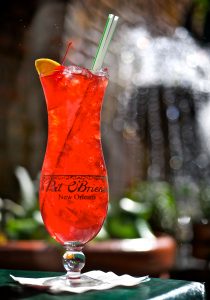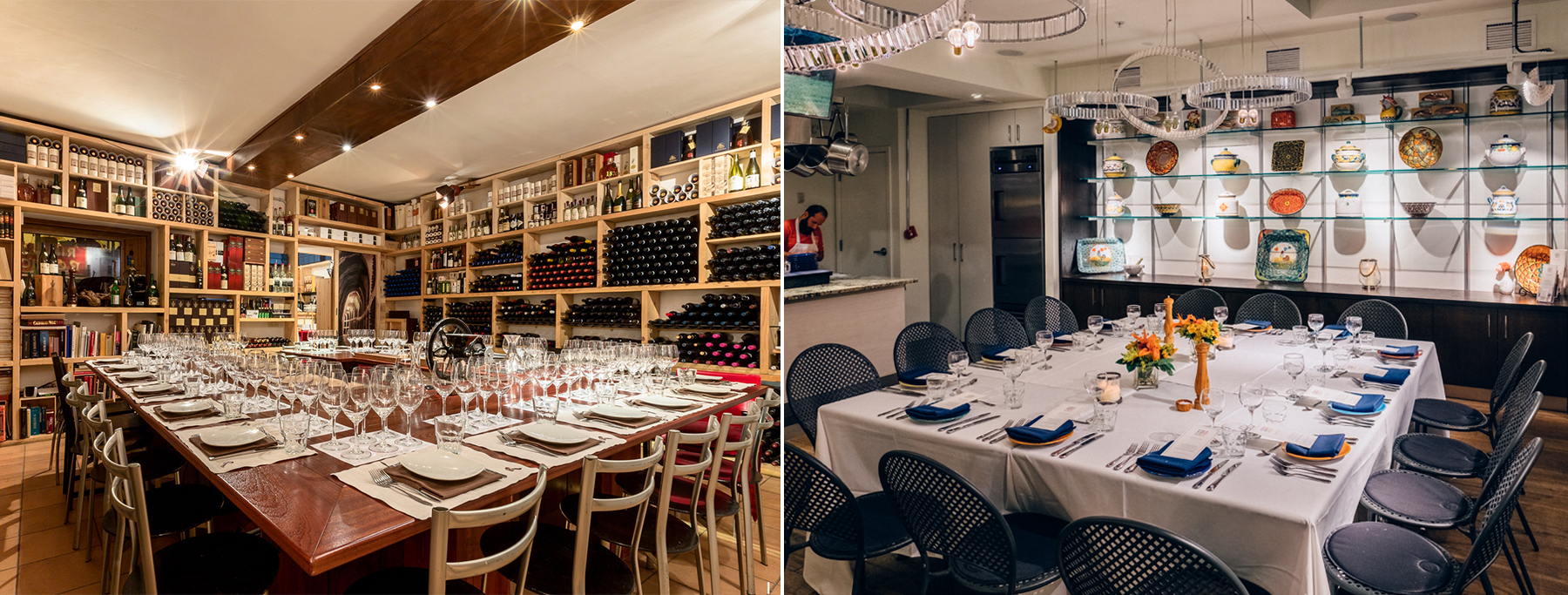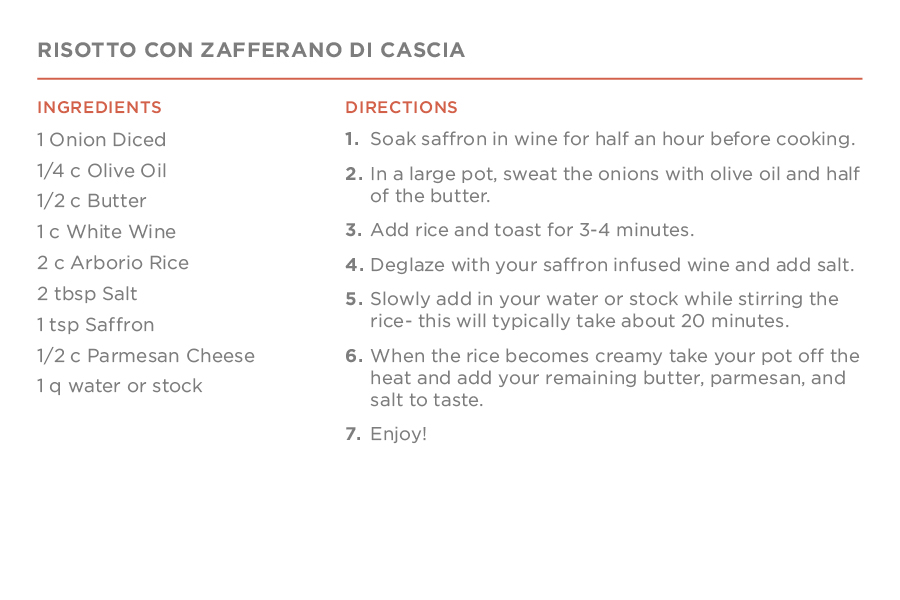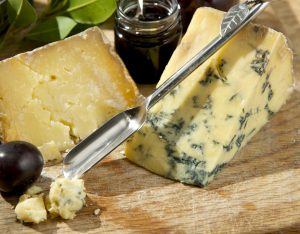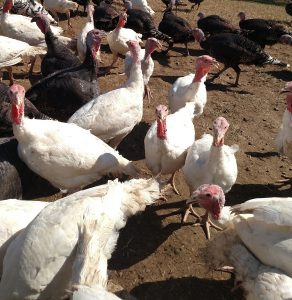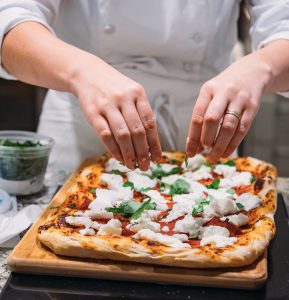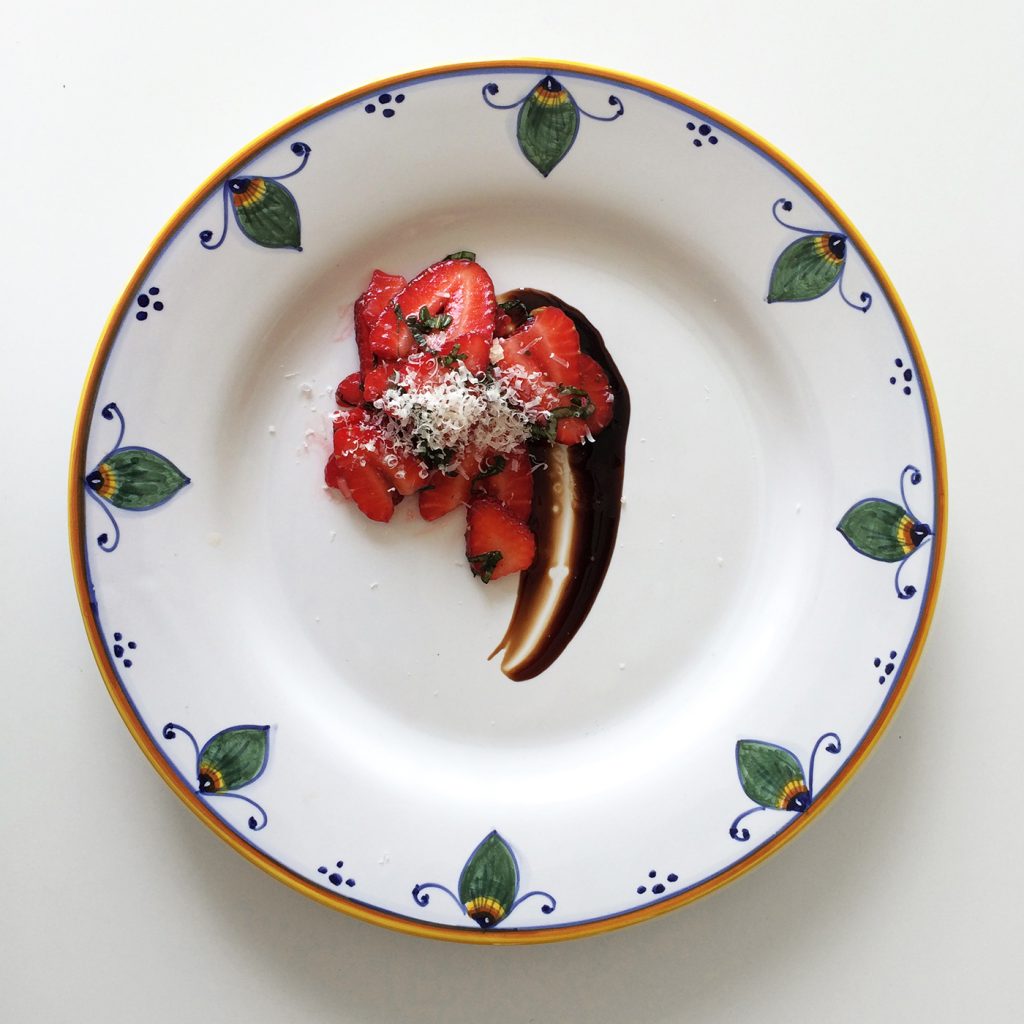Looking over the week’s itinerary I realize there is a glaring gap – no time to spend in Deruta. How can this be? It takes a little creative juggling and we add in a morning of painting at Geribi Studio without taking away from anything else.
Bill has recently taken up yoga. He really enjoys the peace and calm and the opportunity to escape and unwind. 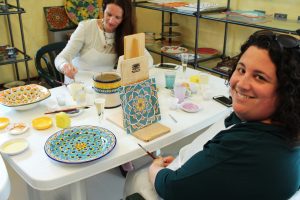 He asks me to join him and I remind him that peace and calm aren’t really my thing. Escaping and unwinding is difficult for me. I’ve done yoga in the past but found myself constantly checking my watch, using the meditative time to freak out about things undone and worst of all falling asleep on the mat. When it comes to escaping and unwinding – yoga for Bill and Gerardo’s studio for me.
He asks me to join him and I remind him that peace and calm aren’t really my thing. Escaping and unwinding is difficult for me. I’ve done yoga in the past but found myself constantly checking my watch, using the meditative time to freak out about things undone and worst of all falling asleep on the mat. When it comes to escaping and unwinding – yoga for Bill and Gerardo’s studio for me.
This is where I can relax. My hand is not steady, my eye is not creative – but I am not here for perfection I’m here to work with my hands. To spend a couple of hours unwinding, escaping, living in the moment and watching a blank plate turn into my own creation.
 Guests often panic when they sit down to paint. The Ribigini family is so talented it is hard to imagine recreating anything close to what they do. But of course this is a talent that comes from hours and hours, years and years of practice.
Guests often panic when they sit down to paint. The Ribigini family is so talented it is hard to imagine recreating anything close to what they do. But of course this is a talent that comes from hours and hours, years and years of practice.
I’ve made the mistake before of looking at designs and thinking that they would be easy – but all the detail, the small thin lines – not as easy as they look. Today I sit down confidently. I have finally figured out the perfect balance of powdered color to water. And that is a pretty major key to painting in Deruta.
I look at the graphite dotting the page and look at the hundreds of plates surrounding me and decide where I want to make my adjustments. Of course I want to paint the peacock feather – but now I get to decide where I make straight lines and where I add scallops – where I add the pomegranate seeds or the round circles. Sticking with the familiar but wanting to try something a little bit new.
When we first met Gerardo and Asunta 20 years ago we immediately fell in love with their designs. 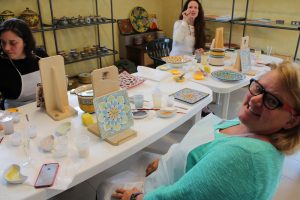 The blues and yellows in their geometric designs and the beautiful green peacock feathers. Over the years the designs have expanded – adding a beautiful lemon design with a dark blue background evolving into an array of fruits with backgrounds of black and red and eventually lavender, burgundy and light blue. When their daughter Claudia starting working in the studio she introduced a more modern twist – bold oranges and blues and soft pastels of pink and green and lavendar. When I first saw the new colors – I was of a mind that these were not for me. But my children fell in love with them immediately. So a new color palate for a new generation. Over the years the colors have grown on me. And today I choose a pink for the first time. Who says an old dog can’t learn a new trick?
The blues and yellows in their geometric designs and the beautiful green peacock feathers. Over the years the designs have expanded – adding a beautiful lemon design with a dark blue background evolving into an array of fruits with backgrounds of black and red and eventually lavender, burgundy and light blue. When their daughter Claudia starting working in the studio she introduced a more modern twist – bold oranges and blues and soft pastels of pink and green and lavendar. When I first saw the new colors – I was of a mind that these were not for me. But my children fell in love with them immediately. So a new color palate for a new generation. Over the years the colors have grown on me. And today I choose a pink for the first time. Who says an old dog can’t learn a new trick?
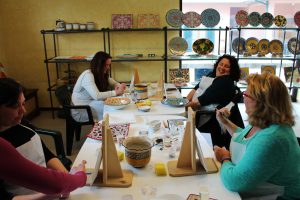 And we spend the morning painting, laughing, scraping away mistakes easily with a small knife. And we talk about what we are doing and how and where we are going to show case our pieces. Most importantly we discuss what we will do if they aren’t perfect (a likely event). And we leave Gerardo’s studio with our new life motto, “Hang it high or cover it with cheese.”
And we spend the morning painting, laughing, scraping away mistakes easily with a small knife. And we talk about what we are doing and how and where we are going to show case our pieces. Most importantly we discuss what we will do if they aren’t perfect (a likely event). And we leave Gerardo’s studio with our new life motto, “Hang it high or cover it with cheese.”





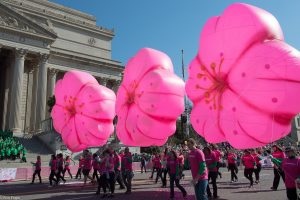




 ecame publicly acceptable. Eventually, the Republic limited the wearing of masks to only certain months of the year, which included the Carnevale period. The tradition quickly spread out across the world and today masks have become iconic symbols of festivals. Whether you’re celebrating Mardi Gras, Carneval di Venezia or Brazilian Carnival, you will be surrounded by glamorous masks full of long feathers, elegant hats and lavish patterns.
ecame publicly acceptable. Eventually, the Republic limited the wearing of masks to only certain months of the year, which included the Carnevale period. The tradition quickly spread out across the world and today masks have become iconic symbols of festivals. Whether you’re celebrating Mardi Gras, Carneval di Venezia or Brazilian Carnival, you will be surrounded by glamorous masks full of long feathers, elegant hats and lavish patterns. 
